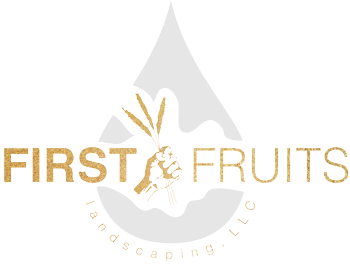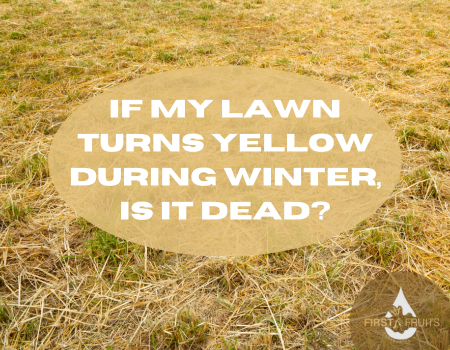Now that a lot of the snow has melted in the PNW you may notice, now more than ever, that your lawn is looking yellow and “dead.” This leaves you begging the question, “If my lawn turn yellow during winter, is it dead?” Luckily the answer to this common question in most instances is no!
Debunking Why Your Lawn Turns Yellow During the Winter
Lawns can turn yellow for a variety of different reasons ranging from disease to over watering and nearly everything in between, however, for most grasses planted throughout the PNW’s climate, a yellowing lawn during the cooler and wetter winter months simply means that your lawn has gone dormant. There is a huge different between dormancy and dead lawns, the main difference being that your lawn will once again be lush and green come spring.
Your lawn goes dormant as a way to try and conserve its energy and protect the root systems from the freezing temperatures that often accompany the winter months. While you’ll notice your lawn has lost the lush green appearance it had over the spring summer and even part of fall, rest assured, dormant lawns are still very much alive and thriving below the soil waiting for the warmer months.
There are generally two different types of grasses, warm-season and cool-season grasses, and having an understanding of which type of grass you have in your lawn will help you determine how to care for and maintain your lawn.
- Warm-season grasses(such as Bermuda, Zoysia, and St. Augustine) naturally turn yellow or brown when exposed to cold temperatures. They thrive in warmer months and enter dormancy in the winter.
- Cool-season grasses(like Kentucky Bluegrass, Fescue, and Ryegrass) tend to stay greener through winter but can still suffer from yellowing due to frost damage, disease, or nutrient deficiencies.
There are a few ways you can help ensure that your dormant lawn comes back looking better than ever once temperatures start to rise. Minimizing foot traffic and ensuring you don’t over water your lawn are two of the biggest gifts you can give to your landscaping. IN most cases, your lawn will be receiving ample water during the winter from rainfall, frost or ever snow blankets, meaning they don’t need additional watering or you risk water logging your lawn which can lead to damage and dead patches as well as different types of lawn diseases.
When it comes to minimizing foot traffic, it’s important to remember that just because your lawn looks yellow and dead, there is a thriving root system below ground that is being nurtured and growing to try and reduce the stress your grass if feeling from the cooler temperatures. By stepping on frozen grass you are causing additional stress and damage to your lawn, causing the root system to divert energy to “healing” that lawn when it should be focused on preserving and strengthening the root system.
Ultimately, you may need the help of a landscaping professional to tell you without a doubt if your lawn is dead or just dormant, however, make sure to rest assured, that in most cases, as temperatures cool and your lawn starts to turn yellow, it is just winter dormancy taking over and helping ensure that you have a thriving landscaping during the warmer months. From regular lawn maintenance, to installing irrigation systems, and even full landscaping design to create a true outdoor oasis, feel free to contact our team of professional landscapers today to help with any and all of your outdoor landscaping needs.

